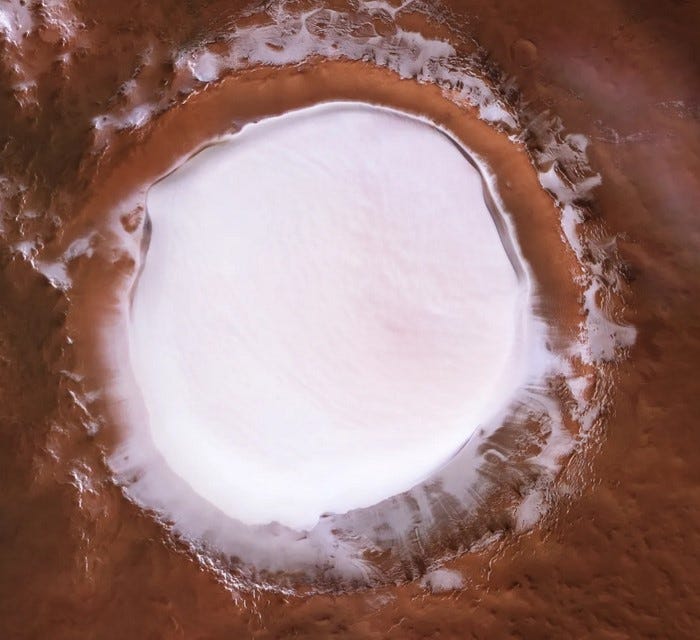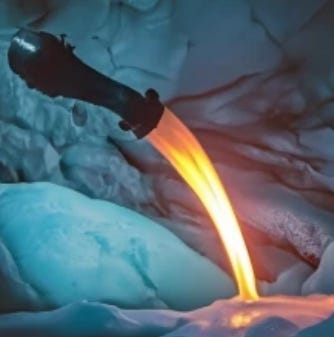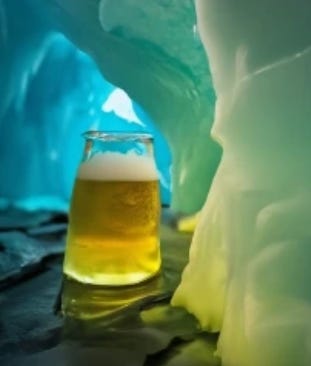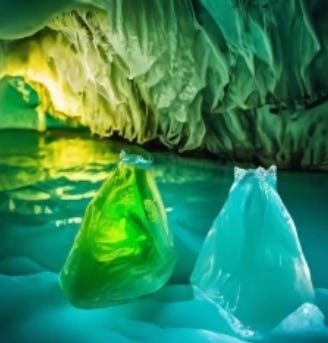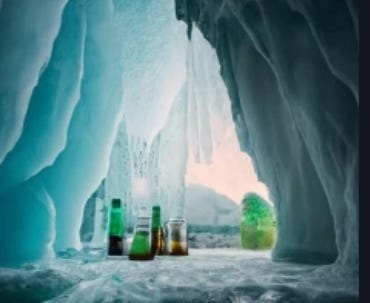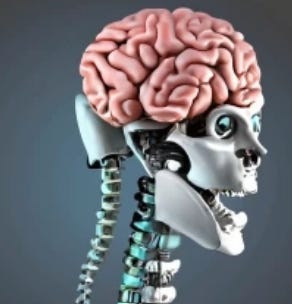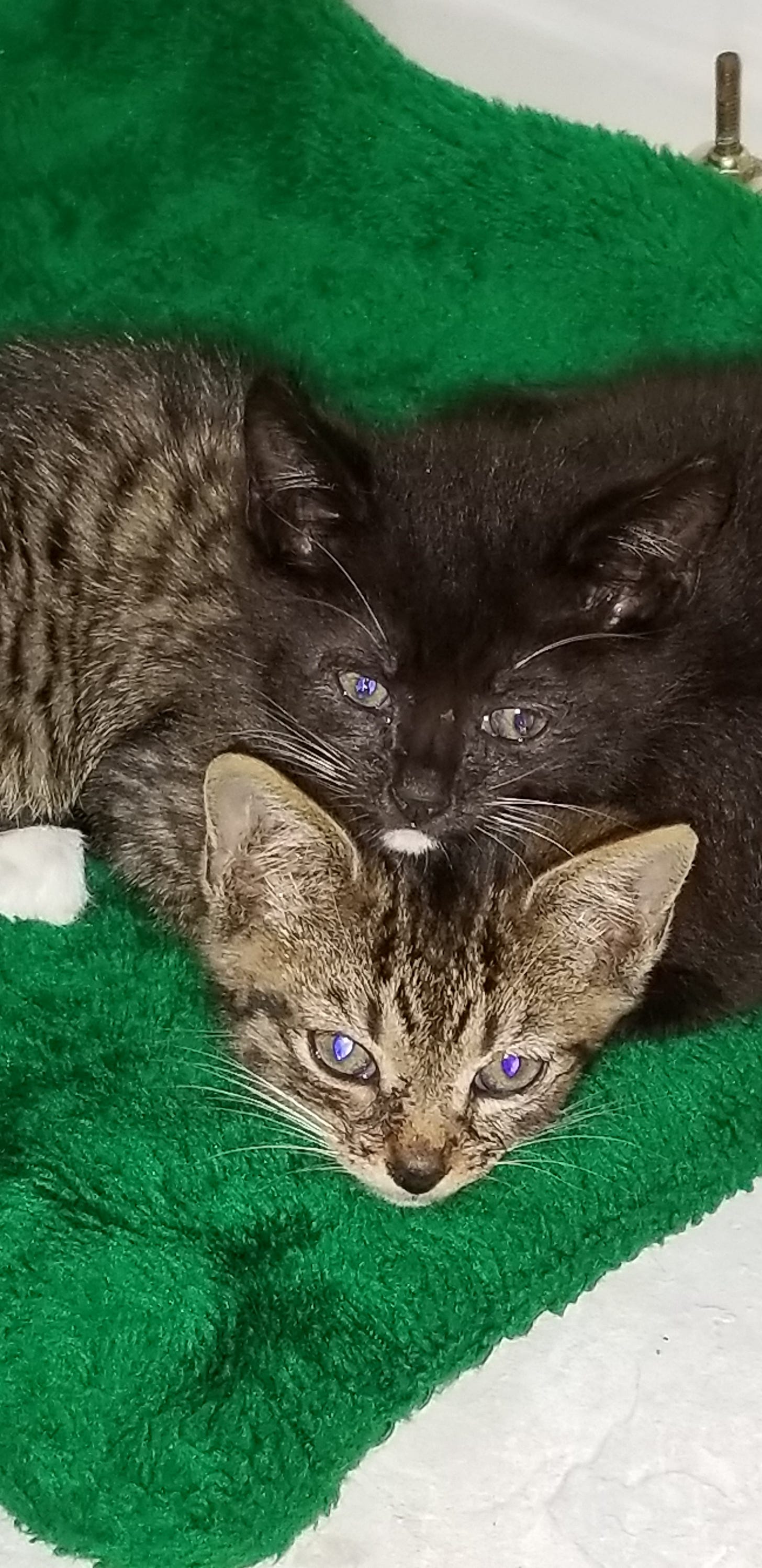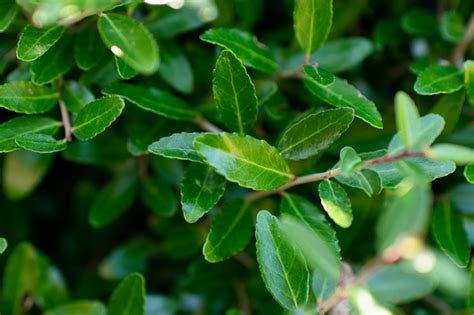Delaying or Reversing Aging. Hype or the Future?
I recently noted that Dr David Sinclair, a somewhat famous longevity researcher at Harvard, who I respect a lot, is taking some drugs/chemicals to make himself younger and healthier.[3]
This is something that I see changing - aging researchers admitting that they are taking things now. In the past, serious researchers were reluctant to admit that they take anything to delay aging, to avoid being grouped with the many snake oil salesmen out there pushing cosmetics or useless herbs and vitamins. MDs and pHDs used to recommend diet and exercise which are well known to help people age better, but now are admitting to doing again interventions like fasting, and taking drugs like metformin.
Dr Sinclair is targetting 3 gene signaling networks AMPK, mTOR, and SIRT6, and this makes sense because there are tonnes of peer-reviewed papers that support those genes or networks as being key factors to aging.
I have asked AIs similar questions and gotten similar lists of genes, just as you would by reading hundreds of research papers on the subject. (which I have done)
Why do I care?
So you may wonder why you would care what genes are involved if there is no gene therapy available. The reason is that genes can sometimes be activated or regulated downwards by taking small-molecule drugs. And while this would not be as effective or permanent as gene therapy, it would also not be as expensive or as risky. Gene therapy can cost a million dollars or more. That sounds high, but in theory, it would be a one-time treatment and you are done. However, gene therapies today are risky, as well as expensive, and not available yet for aging.
However, drugs like rapamycin or metformin are well studied and used for diseases of old age, like diabetes, and seem to have definite effects on health and lifespan in animals. They are prescription drugs for humans with known safety profiles [1] [2] [3]
Rapamycin targets mTOR and has been shown to increase animal lifespan. In one study metformin[2]
Metformin may not increase lifespan in some tests, but makes test animals healthy for longer. And in some experiments, it did increase the lifespan of lab animals. [4]
When combined with other drugs like rapamycin, the effect was increased. [1]
Many other drugs show promise. Too many. Acarbose has had some promise. Acarbose reduces inflammation via the nuclear factor kappa B (NF-κB) inflammatory pathway, blocks carbohydrate absorption, and possibly affects insulin-like growth factor-1 (IGF-1). When combined with the mTOR inhibitor rapamycin, it resulted in a significant increase in lifespan. I might be worried about the safety of this. I’m not doing it. [2]
Some chemicals appear to affect lifespan or health span, which are not prescription drugs. The list is long and the safety profiles of these, or combinations of these are not known. Here is a partial list:
Spermidine, Berberine, Quercetin, Fisetin, phenformin, Goats Rue, valproic acid, Klotho upregulators (cycloastrogenol Troglitazone pioglitazone Losartan Fosinopril ), Trehalose, Melatonin, pterostilbene, curcumin, Tumeric, lenalidomide, vitamin D, Alpha-ketoglutarate (AKG) or α-ketoglutarate
Does this make sense to take these?
I have taken AKG, Quercetin, Fisetin, cycloastrogenol, trehalose, melatonin, and a raft of others, and at some point, my kitchen counter was covered with bottles of pills, so I stopped this. At some point, it reaches a ridiculous level, and you have to ask, “Does this make sense? Is it worth the cost?” Are all of these together, as good as say Rapamycin or Metformin? And how can you know which of these might be worth taking or reading more about?
Well in a reference mentioned earlier, you can read about the National Institute on Aging Interventions Testing Program (ITP). “This was designed to be the most exhaustive testing framework and system to evaluate whether longevity molecules extend longevity in mice and understand the underlying mechanisms leading to those benefits.” [2]
This study appears
to be suggesting the following chemicals and reasons. [2][5-10]
Acarbose: Reduces digestion and absorption of carbs, lowers the risk of cardiovascular
disease, reducing IGF-1 hormone which likely helps with cancer and is a known target of
aging studies.
Rapamycin: Slows growth (a good thing) via mTOR signaling and increases mouse lifespan.
Rapamycin and Acarbose: increase mouse lifespan 28% to 34%
Well, that is good news, since I have seen a lot of researchers (reluctantly) admit that they take Metformin or Rapamycin.
Rejuvenation.
One last thing should be mentioned. The drugs that I have mentioned so far merely delay aging, or make the animal healthier until they die. None of them have made lab animals exceed the normal maximum lifespan for the species. They have made more animals reach that maximum lifespan, and perhaps they are aging at a slower rate.
However other experiments are going on, where a mouse or human cells in culture have had aging reversed. Yes reversed.
In some experiments, old grey-haired mice were rejuvenated to a state with brown hair, and stronger muscle strength, and other measures of age returned to youthful measures. [11] These are examples where it appears that the animal has not just had aging slowed, but reversed. And it has been repeated and verified many times by different researchers.
And
it can be done in multiple ways. Parabiosis [16], senolytic drugs,
young blood factors (likely exosomes full of youthful RNA, proteins,
hormones, etc) , and Yamanaka gene factors are 4 of the common methods
where researchers are turning back the clock for lab animals, but there
are about 8 ways to rejuvenate a rat at this point.
Dr. Shinya Yamanaka won the Nobel Prize in Physiology or Medicine in 2012 for his work in this rejuvenation area, using 4 genes that were seen reseting the epigenetic clock in fertilized eggs. And that lends some credibility to the rejuvenation research work, as well as giving researchers a useful way to reset the epigenetic clock for further experiments. [14] He has been hired by Altos Labs to pursue this.
Some of these rejuvenation experiments have succeeded in human cells in culture, so it is not expected that these methods only work in rodents.
And some of these methods are being done by self-experimentation by billionaires, or pHD researchers like Dr Katcher. [12] [13]
Futures.
Obviously, with this promising research done, billions are now being sunk into this research area, with the hopes of making trillions. [15]
So until we finally find the fountain of youth, it’s going to get more and more complicated, and I expect the news and social media to be full of misinformation and hype! Enjoy!
Errata.
This is complicated, so probably raised a few questions in your mind, and I will try to answer the most common ones that I hear.
Why mice?
The astute reader may be asking a question at this point. Why mice and not humans? The answer is that mice do not live very long and research can be complete in a few years, whereas the same type of study on humans might take 100 years to complete. Also, mice are mammals like us and are commonly used for testing drugs for humans.
Why gene therapy?
Gene therapy is a permanent fix. If you fix a broken gene or upregulate it where it has dropped in function during aging, you have to potential of fixing it forever. Unlike drugs which have to be taken constantly, a gene fix is once-and-done ideally.
Why not gene therapy?
Unfortunately, gene therapies are also risky and expensive today, even when the gene to fix is known, and there is no one or two genes that we know would fix aging. You may have heard about the OKSM (Yamanaka factors) that rejuvenated rats, but this is a genetic trick that is not currently safe in humans, due to the fear of a Teratoma type of cancer that it can cause. So-called “partial reprogramming” may be a way around that risk - stay tuned.
Rejuvenation versus slowing it down?
Current methods seem to slow down aging, and at most you might get more people achieving the 100-year mark. But Calico, Altos Labs, and other billion-dollar companies are trying to find ways to rejuvenate humans safely, expecting this to be a Trillion-dollar industry. I expect that they are right, but we will see.
References:
[1]Experimental Gerontology Volume 104, April 2018, Pages 35-42 A brief history of modern aging research https://doi.org/10.1016/j.exger.2018.01.018
[2] https://gethealthspan.com/blog/articles/acarbose-and-rapamycin-longevity/4wxxj7itxktmmnrxuwmulj/
[3] www.youtube.com/watch?v=3i5GwlxVk7Y
[4] Martin-Montalvo, A., Mercken, E., Mitchell, S. et al. Metformin improves healthspan and lifespan in mice. Nat Commun 4, 2192 (2013). https://doi.org/10.1038/ncomms3192 References from the ITP
[5] Aging and Immortality: Quasi-Programmed Senescence and Its Pharmacologic Inhibition
[6] Acarbose improves health and lifespan in aging HET3 mice
[7] Drugs that slow aging in mice
[8] Changes in the gut microbiome and fermentation products concurrent with enhanced longevity in acarbose-treated mice
[9] The role of GLP-1 in the postprandial effects of acarbose in type 2 diabetes
[10] Acarbose, lente carbohydrate, and prebiotics promote metabolic health and longevity by stimulating intestinal production of GLP-1
[11] https://www.aging-us.com/article/203966
[12] www.youtube.com/watch?v=YCSn7CjqYVk
[13] https://fortune.com/well/2023/02/01/will-bryan-johnson-reverse-aging-regimen-extend-his-life/
[14] www.nobelprize.org/prizes/medicine/2012/yamanaka/facts/
[15]https://www.nature.com/articles/d41587-022-00002-4
[16]https://www.nature.com/articles/s43587-023-00452-8
Images by craiyon.com AI






